
Bees: The Future
WHY BEES MATTER?
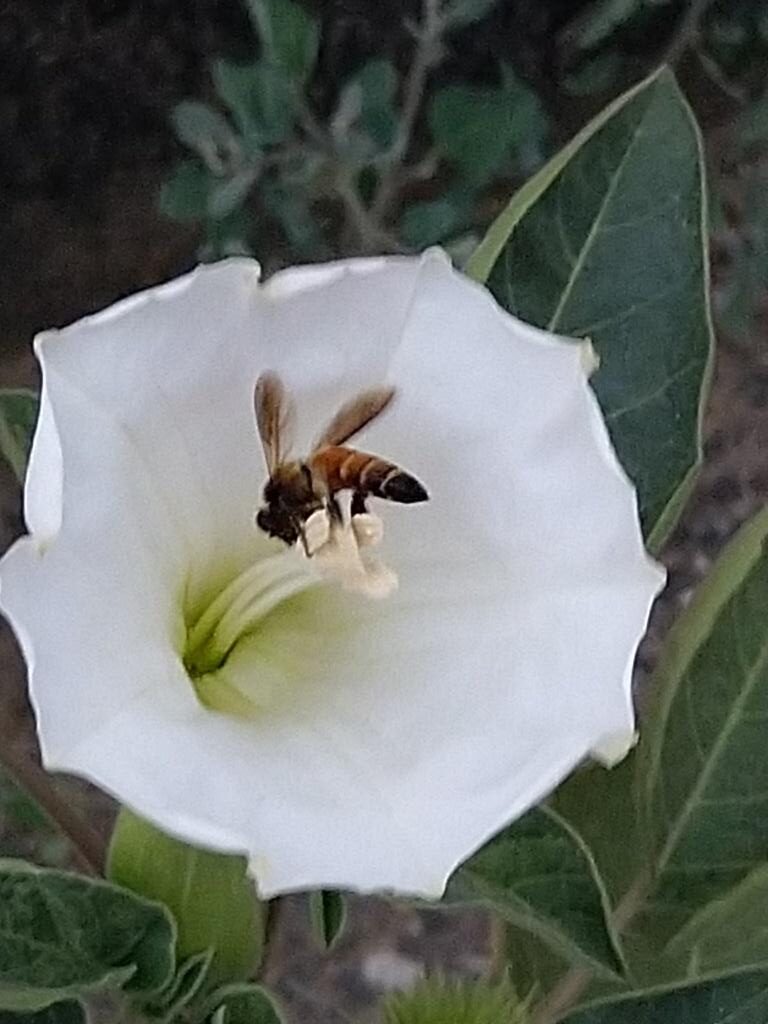
BEES AS POLLINATORS: TINY MIRACLE WORKERS: MAJOR SOURCE OF FOOD
- Crop pollination deficit leads to lower quantity or nutritional quality of food, fibre, fuel or seed. Three out of four crops across the globe for human use depend on pollinators.
- It affects 35 percent of global agricultural land, supporting the production of 87 of the leading food crops worldwide.
POLLINATION: INVISIBLE TO THE EYE BUT YIELDING GREAT RETURNS IN AGRICULTURE.
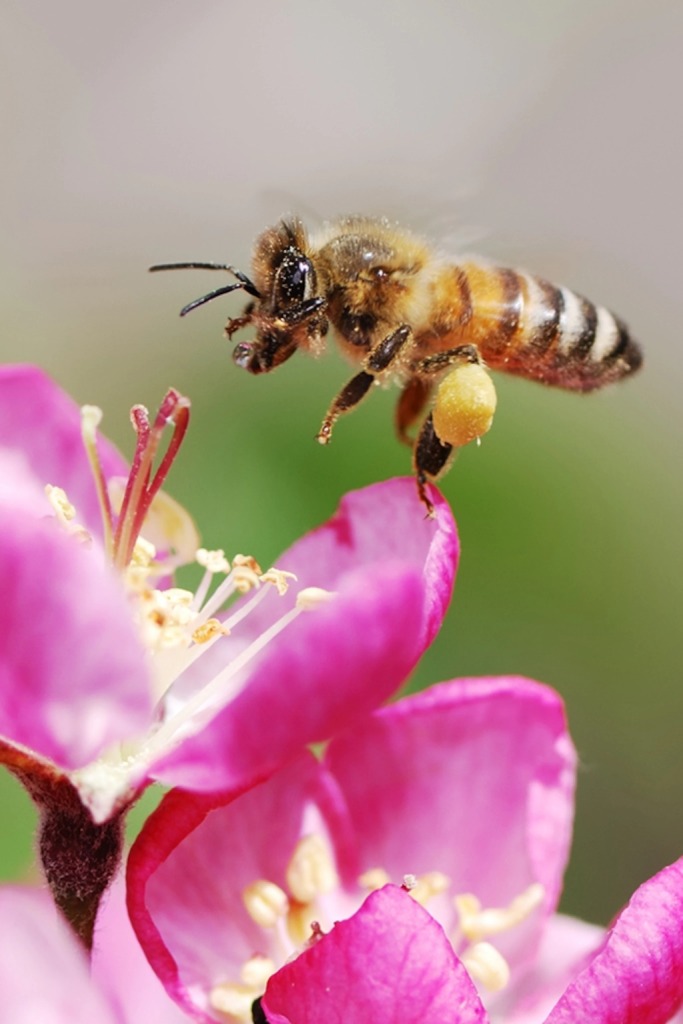
SAFEGUARDS BIOCULTURAL DIVERSITY: MAINTAINS ECOLOGICAL BALANCE
- The vast majority of pollinators are wild, including over 20,000 species of bees.
- Loss of species richness due to pollination deficit, as bees are involved in cross pollination, hence enriching plants diversity.
- This impact is intermediate; ultimate impacts on human well-being can include loss of ecosystem servicessuch as erosion prevention, aesthetic value, cultural practices.

BEES WITHIN FOOD WEBS
- Loss of wild pollinator diversity leading to long-term changes in food web interactions.
- Bees also pollinate foods eaten by other animals and birds. Cows, for example, eat alfalfa which is pollinated by bees (leafcutter bee species are especially effective).
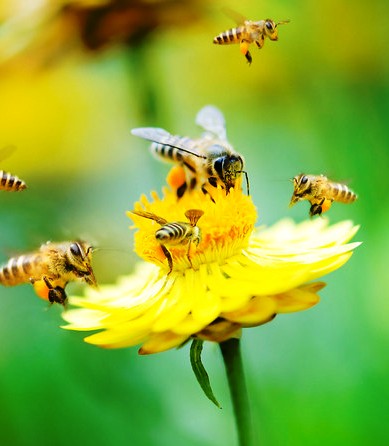
INDICATORS OF CLIMATE CHANGE
- Bees ensure the biodiversity, hence plays a major role in safeguarding the environmental health by keeping a track on global warming.
- There is a climate-associated shifts in the phenology of wild bees, the most important pollinators worldwide.
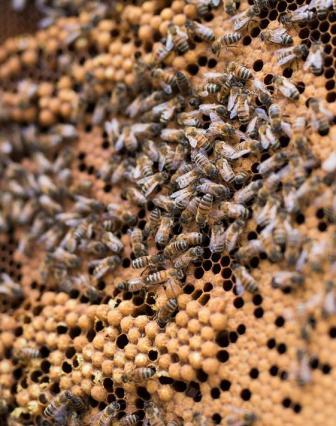
ADD AESTHETIC AND CULTURAL VALUES
- Cultures, traditions and behaviours involving pollinators or their products. This includes beekeeping, honey-hunting and specific dances or rituals associated with pollinators.
- This also includes amenity values of specific plant communities, values of emblems or symbols and the value of pollinators as sources of inspiration for art, music, literature, religion and technology.
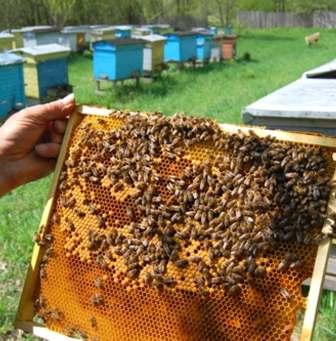
ECONOMIC CONTRIBUTION
- The price tag of global crops directly relying on pollinators is estimated to be between US$235 and US$577 billion a year.
- The volume of agricultural production dependent on pollinators has increased by 300 percent in the last 50 years.

FOR ACHIEVING SUSTAINABLE DEVELOPMENT
- Bee pollination includes the contribution to biofuels.
- It promotes SDGs through food security and biodiversity.
- Bees potentially contribute towards 15 of the 17 SDGs and a minimum of 30 SDG targets.
“So, embedded in our lives, bees have long inspired art, music and even sacred passages”.

THREATS BEES ARE EXPOSED TO?
EXPOSURE TO PESTICIDES: HARMING BEES’ HEALTH
- Pollution: particularly from exposure to pesticides is a key cause of pollinator decline.
- Pesticides act as poisons that contaminate the pollenthat honey bees collect to feed the rest of their hive.
- It affects the honey bees’ ability to forage for food, defend their hive, and fight off diseases.
- The use of herbicides that eradicate the important forage plants for bees is an additional problem.
- The residues of pesticides left on the petals or in the nectar and pollen increases thetoxic load of these pesticides over the time.

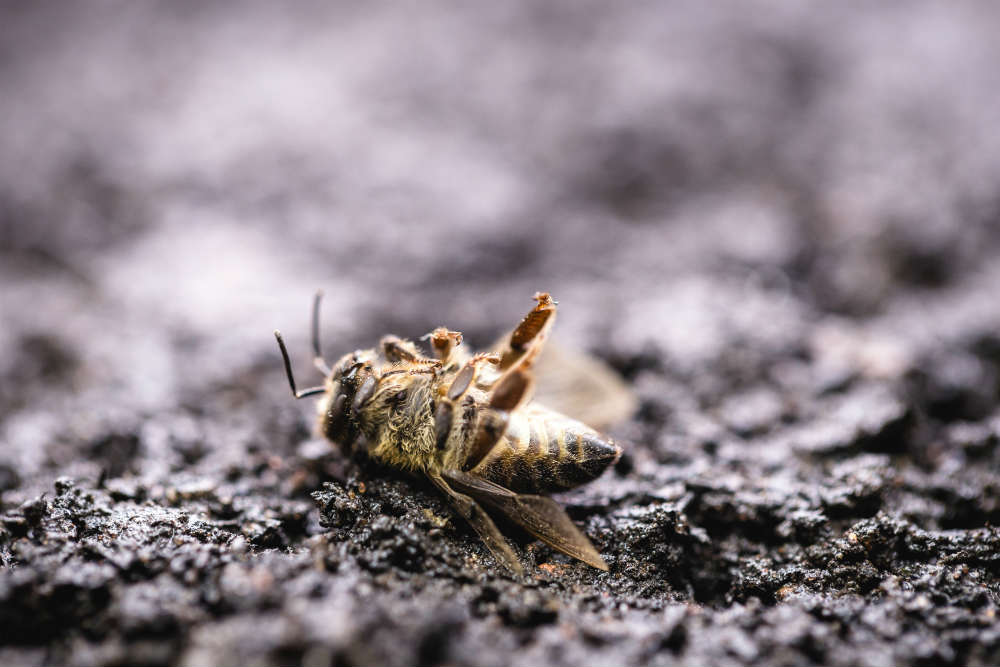
CLIMATE CHANGE: DISRUPTING BEES’ BEHAVIOUR
- Global warming is believed to be a major driver of wild bee declines.
- Some wild bees can only survive in a narrow range of temperatures.
- Temperature changes cause plants to migrate north towards cooler temperatures. Problems occur when bees and other pollinators don’t move in sync with them.
- Bees rely on the plants for pollen and nectar, while the plants rely on bees to spread their pollen and help them reproduce. Without this balance, both populations suffer.
LOSS OF LOCAL HABITAT: LESS FORAGE AND SHELTER
- Poorer habitat quality and the loss of pollinator habitats are the two main threats.
- Commercial agriculture, urban and suburban expansion, and other developments projects have led to the destruction of natural plant life.
- This leaves bees with fewer sources of food and water as well as fewer safe spaces to make their hives.
- For example, the loose, friable soil required by ground-nesting bees may be trampled by heavy foot traffic or the use of off-road vehicles, or by ploughing.
- Deforestation leads to the destruction of habitat for bees which live in the bark of trees.
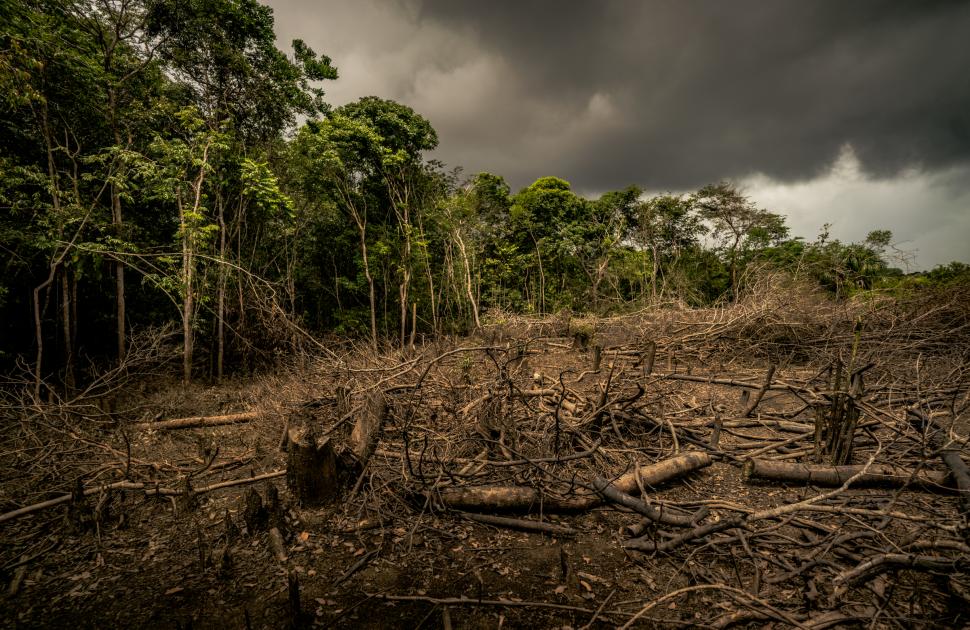
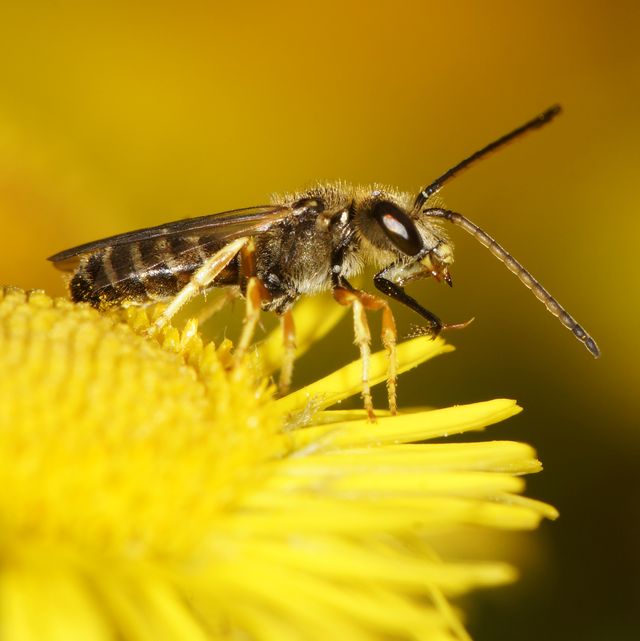
INVASIVE ALIEN SPECIES: ACTS AS A MANIPULATOR
BAD NEWS FOR BEES??
- Invasive plants have often been associated as potential driver of bee decline.
- Due to their massive floral display, prolific nectar production, and often appearing at high density, the invasive plants are often very attractive for bees and hence profusely pollinated.
- To be utilized by native bees, the alien plants must have morphological accessibility and nutritional rewards.
- These non-native species can compete with native plants or animals for resources. In fact, in some habitats, European honey bees have been shown to compete with native bees for pollen and nectar.
PESTS & PATHOGENS: DOUBLE TROUBLE FOR BEES
- Invasive predators, parasites and disease-causing bacteria called “pathogens” have been blamed for the collapse of bee colonies around the world.
- Bees can become too weak to fly or be unable to reproduce. In some cases, becoming infected can even lead to death.
- These include the varroa mite – a tiny parasitic mite that attaches itself to a honey bee, transmits disease and saps its strength.
- The toxic load of antibiotics or the pesticides used to kill these pathogens also increases over the time.
- Humans also get exposed to these pesticides through honey or the food consumed which attacks the immune system, and sometimes may be more fatal.


GENETICALLY MODIFIED ORGANISMS (GMOs)
- Both the GMO crops/plants and continuous and repeated use of same pesticides and lack of food resources (flowers etc) are believed to be threatening the very survival of bees.
- Transgenes such as Bt may be expressed in pollen, resulting in exposure to bees.
- Greater weed control in herbicide resistant crops may be responsible for a lower bee abundance in these crops than non-transformed crops.
- Though research is still in progress but, since, it is a threat to the survival of bees, precautions should be taken care of.
LONG DISTANCE TRANSPORTATION OF COLONIES
- For commercialized cross pollination of a variety of fruits (apples, melons), vegetables (cucumber, tomato, squash), nuts (almonds, walnuts), seeds and fiber (such as cotton).
- It increases the exposure of bees to variable climatic conditions, diseases and insects, and thus, make them vulnerable and threatens their existence.
- Bees experiencing transportation have trouble fully developing their food glands and this might affect their ability to nurse the next generation of workers.

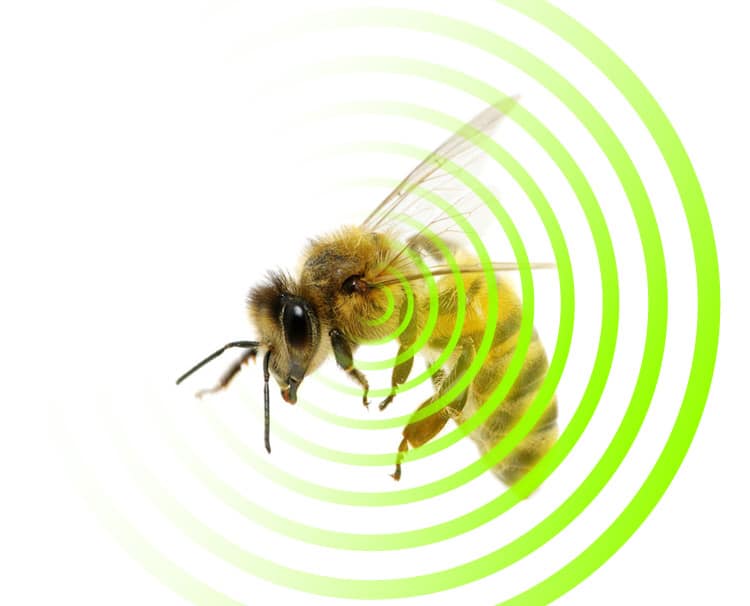
CELL PHONE TOWERS: A BARRIER
- The massive amount of radiation produced by towers and mobile phones is actually affecting bee behaviour and biology.
- These radiations generated by mobile phones are disturbing the life cycle of bees and affecting their reproduction system and honey producing.
- The “waggle” dance that bees perform on the honey comb to communicate with others could be influenced by the radiation, these prevents them from returning back to their hives.
- Though research is still in progress but, since, it is a threat to the survival of bees, precautions should be taken care of.

